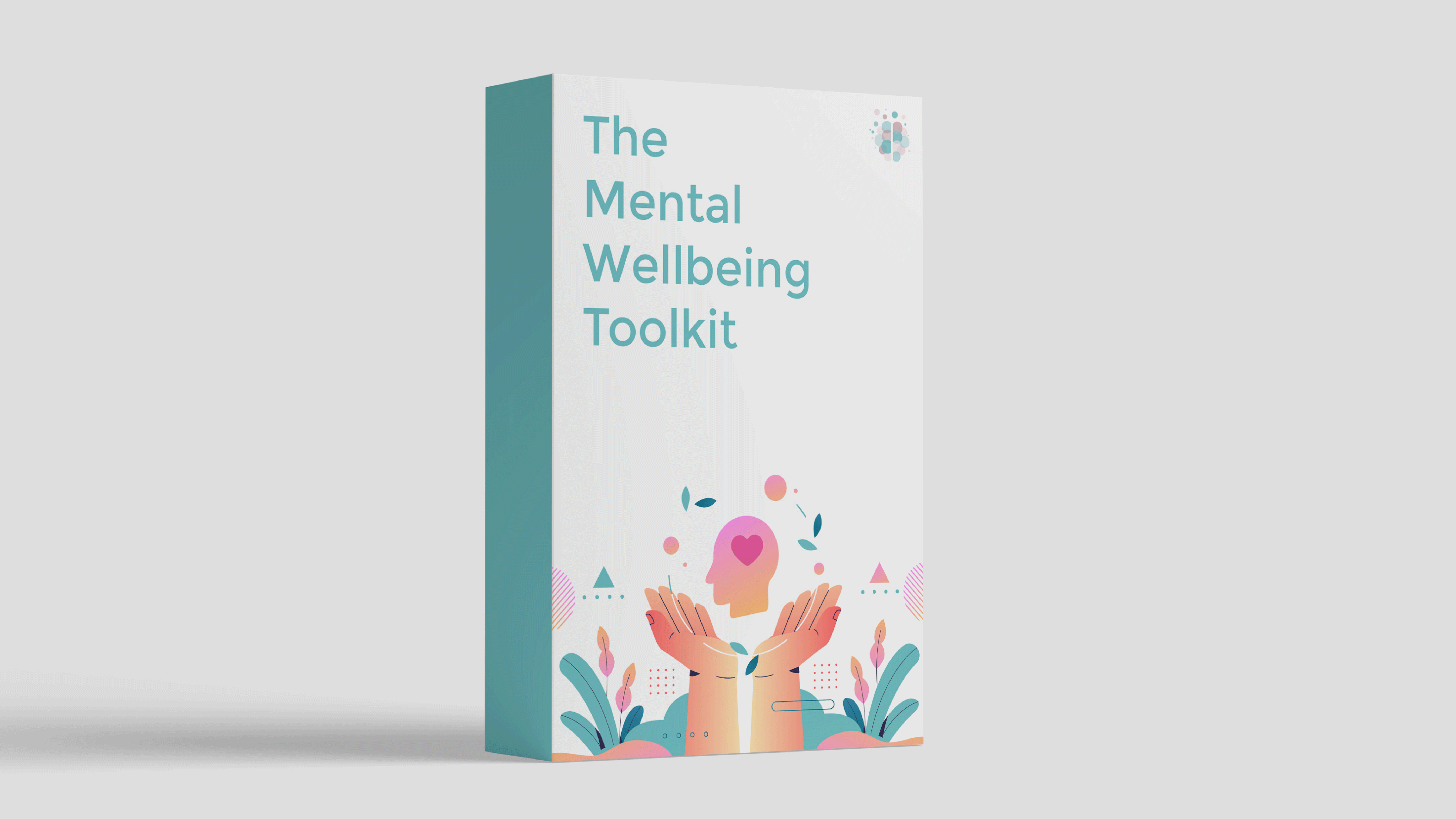Obsessive thoughts are thoughts that are repetitive or get stuck, like you’re thinking about the same thing on replay. These types of thoughts are actually a common, normal part of how the brain is wired, especially in times of stress or uncertainty. If you’re stuck in a cycle, how do you get “unstuck”?
Keep reading to discover common types of obsessive thoughts and how to cope.
Common Types of Obsessive Thoughts
Obsessive thoughts often fall into a few broad categories, typically centering around themes of fear, uncertainty, or unwanted urges. Here are some examples:
- Contamination and health fears. People might worry excessively about cleanliness, infection, or contracting a disease, even when there’s little or no risk.
- Harm or safety concerns. These include fears about accidentally harming oneself or others, or failing to prevent harm (e.g., worrying you might leave the stove on).
- Doubt and need for reassurance. This involves persistent doubts about things being done correctly or completely (like checking if a door is locked multiple times).
- Unwanted sexual or violent thoughts. Some people experience intrusive thoughts about inappropriate or taboo subjects, like violence or sexuality. They’re particularly distressing because they go against the person’s values.
- Perfectionism. For example, obsessive thoughts about needing things to be perfectly organised. This can also include preoccupation with making the "right" decision.
- Moral concerns. These involve fears about offending one's religious or moral beliefs, often accompanied by excessive worry about being "good enough" or following rules perfectly.
- Existential concerns. These are obsessions related to big, often unanswerable questions about life, reality, or the universe, leading to a cycle of questioning that’s hard to escape.
Relationship-related obsessive thoughts are also quite common, especially for people with an anxious attachment style. Here are some typical themes:
- Compatibility concerns. Worries about whether the person is the "right" partner or if there might be someone better suited.
- Feelings or fidelity concerns. Excessive worry about whether one’s partner is truly committed, might cheat, or has feelings for someone else.
- Doubting your own feelings. People may obsess about whether they genuinely love their partner.
- Preoccupation with partner's flaws. Fixating on specific aspects of a partner’s personality, habits, or appearance, often blowing flaws out of proportion or feeling distressed over things that are trivial.
Now we’ve identified the kinds of thoughts you may be dealing with, we’ll move on to eight practical strategies to break free from distressing thought loops.
1. Increase Awareness of Your Thoughts
People often don’t even realise that they’re stuck in a cycle of obsessive thoughts – obsessing can disguise itself as helpful. When you’re stuck in an obsessive cycle, you might think that you’re thinking about something purposefully in order to solve a problem; however, this is quite different from problem-solving.
Consider Sam, who’s in a new relationship and constantly worries about whether he truly loves his partner. He obsesses over every small feeling, checking in with himself throughout the day to gauge his level of attraction.
Sam believes that if he can just be "sure" about his feelings, he’ll know he’s with the right person. However, this constant checking only increases his anxiety, making it harder for him to feel secure and enjoy the relationship. Instead of gaining clarity, his obsessing creates a cycle that leaves him feeling uncertain and detached.
Remember: With problem-solving, you’re moving towards a goal or solution.
Obsessing is not goal oriented – you’re thinking about the same topic repeatedly without moving forward.
By increasing awareness of your thoughts, you’ll begin to notice when you get stuck in an obsessive thought cycle. One strategy to increase awareness of your thoughts is through journaling.
Journal Prompts
- What happens right before the cycle of obsessive thoughts starts?
- What is a thought you often tell yourself that you’d like to reframe?
- Do you notice any patterns in terms of when or where this tends to happen?
- How does obsessing make you feel?
After you start reflecting on your thoughts, you’ll get a better sense of the patterns that occur with your obsessive thought cycles.
2. Label Your Obsessive Thoughts
When you notice the cycle happening, practice labeling your obsessive thoughts in a nonjudgemental, compassionate way.
You can say something to yourself like, “Huh, there’s that obsessive thought that's hard to shake,” or, “Here goes my obsessive brain again.” This can help create some distance from your thoughts, breaking the cycle of obsessing.
Another idea is to put the sentence starter, “I’m having the thought that...” before any obsessive thought that you have. This helps remind you that your obsessive thought is exactly that: a thought, not a fact.
3. Postpone Your Obsessive Thoughts
Another strategy that can be helpful is called worry postponement or worry time. This method was originally developed by Thomas Borkovec, a well-known American psychologist and researcher who made significant contributions to our understanding of anxiety.
Choose the same time each day when you’ll “allow” yourself to obsess or review the obsessive thoughts that you’re having a hard time separating from. When you notice yourself obsessing throughout the day, you can remind yourself, “I can think about this during worry time,” and then try to re-engage in whatever it is that you were doing.
During the designated worry time, sit down and purposefully think about the obsessive thoughts that keep getting stuck. This strategy is helpful because it increases mindful awareness of obsessive thoughts. It can help reduce how often you’re stuck in obsessive thought cycles throughout the day.
4. Refocus On the Present Moment
Using any type of mindfulness technique where you’re able to refocus on the present moment is another helpful strategy for breaking the cycle of obsessive thoughts.
A common example of a mindfulness strategy is the five senses, where you go through each of your senses, noticing five things that you see, four things that you feel, three things that you hear, two things that you smell, and one thing that you taste.
You can use any mindfulness strategy that feels best to you. (For a comprehensive guide, check out The Mindfulness Journal!)
5. Use Visualisation Techniques
Emma experiences obsessive thoughts about her health. Whenever she feels a minor discomfort, she becomes consumed with worry, constantly analysing the sensation and worrying it's something serious.
Emma was introduced to "The Waiting Room" visualisation, where she imagines her obsessive thought as a TV playing in the background. She can't turn it off, but she can choose to focus on something else, like reading or people-watching. Practising this technique allows her to break the cycle of repetitive thinking.
You can remind yourself, “That’s what’s playing on TV today” when you notice an obsessive thought pop up.
6. Change the Way the Obsessive Thought Shows up in Your Mind
Finding creative ways to change how your obsessive thoughts show up for you can also help get your brain unstuck.
Use your imagination and be playful. Try singing your stuck thought to the tune of “happy birthday.” Imagine the stuck thought is written in gigantic bubble letters on a computer screen. See your thoughts as leaves gently floating down a stream.
Changing the way that the thought shows up for you can help get you unstuck.
7. Purposefully Expose Yourself to the Obsessive Thought
Planned exposure to your obsessive thoughts can be a great way to help them in the long-run.
By creating planned practice opportunities where you expose yourself to the thought that gets stuck, your brain can begin to learn that you’re safe even when you feel uncomfortable, anxious, or distressed by the thought.
Your brain also adjusts or “habituates” to the thought, meaning that it starts to become less scary the more you expose yourself to it. There are a variety of ways for how you can purposefully and repeatedly expose yourself to the thought, such as:
- Writing it down repeatedly on a piece of paper
- Recording yourself saying it and listen back to the recording
- Saying it aloud repeatedly
A key component of thought exposures is to ensure that you continue exposing yourself to the thought until your anxiety or distress decreases. Periodically rating your anxiety or distress on a 1-10 scale is helpful to know when it makes sense to stop the exposure.
Since this technique can be tricky, it’s often best to engage in exposures with the support of a therapist (especially those who are trained in cognitive-behavioural therapy and exposure and response prevention).
8. Use Cognitive Restructuring Techniques
If you continue to feel stuck (after using any or all of the above techniques), it sometimes can be useful to explore the content of the stuck thoughts and challenge them.
Alex frequently obsesses over social encounters. After a conversation, he might fixate on the thought, “That person must think I’m so weird,” replaying the interaction over and over. This constant rumination leaves him anxious and emotionally drained.
To break this cycle, Alex was taught to challenge his thoughts by asking questions like, “Do I know for certain that this person thinks I’m weird?” and “If they do think I’m weird, so what? What would happen if that were true?” By questioning the validity of his thoughts, Alex was able to gain perspective and reduce the emotional charge around his obsessive thoughts.
Summary
Obsessive thoughts can be distressing and uncomfortable. You can move towards breaking your obsessive thought cycles by increasing awareness and gaining a better understanding of your obsessive cycles, labeling your thoughts in a nonjudgemental way, and using techniques such as mindfulness and visualisation.
Planned exposure to your stuck thoughts is helpful for reducing your obsessive thoughts in the long-run, though this technique is often best tried with the support of a therapist.
If you continue to feel stuck using these various strategies, you can also try challenging the thought by asking yourself some questions, such as the probability of your fear coming true.
Remember, it’s common to experience these types of thoughts, and they don't define you. Be kind to yourself throughout the process. It takes time to rewire your thinking habits.
For more guidance and practical tools for overcoming obsessive thinking, be sure to check out The Mental Wellbeing Toolkit – it’s like “10 therapy sessions in one”.
Co-Authors

About Rachel
Rachel is a Licensed Clinical Psychologist in Virginia who provides telehealth services to children, adolescents, and adults. She has a PhD in School Psychology from Michigan State University, with a background in providing therapy services and conducting psychological evaluations in schools and private practice settings. She's especially passionate about treating individuals with anxiety and OCD. She takes an integrative approach to therapy, while utilizing evidence-based modalities such as cognitive-behavioural therapy (CBT) and exposure with response prevention (ERP). Contact her via her websiteor Instagram.




